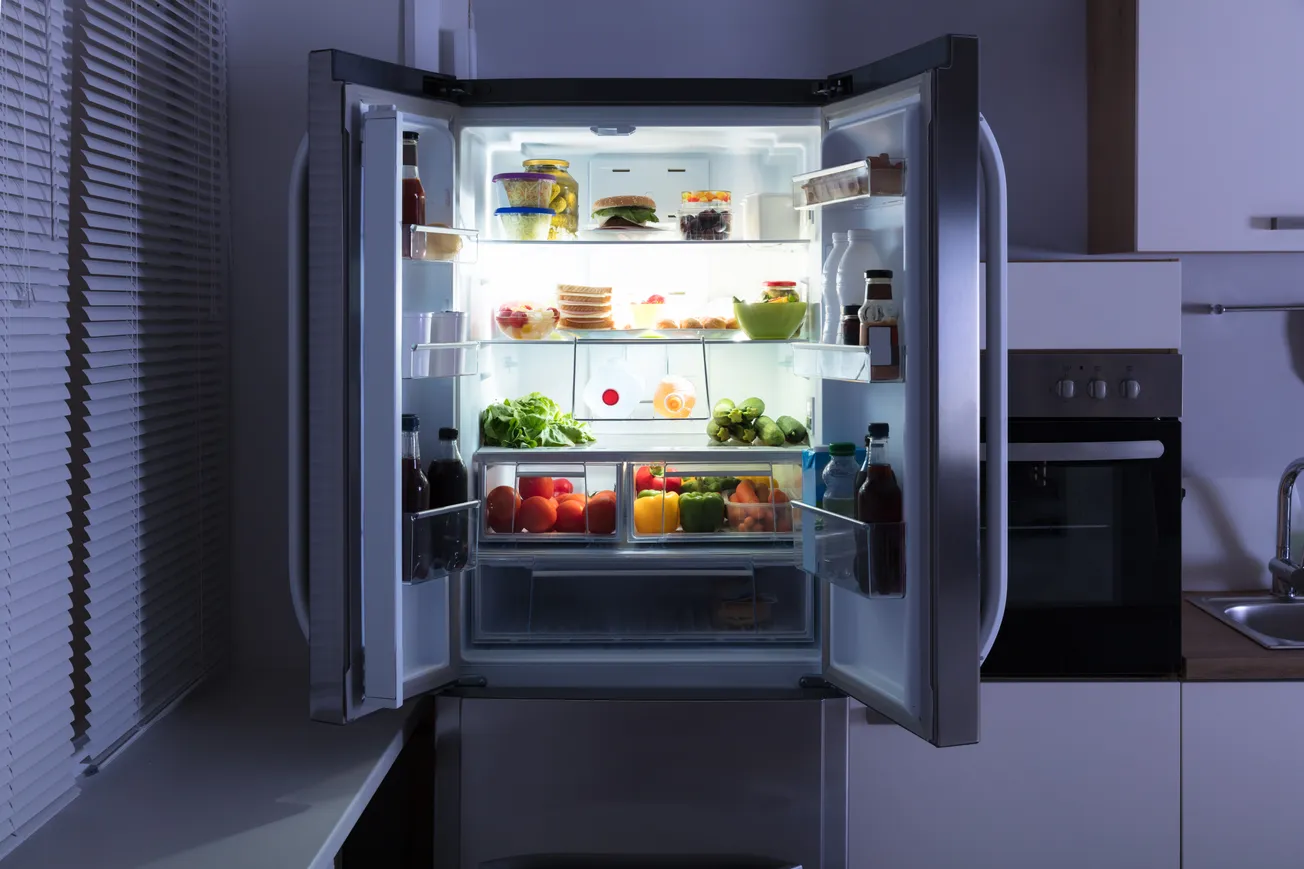Samsung’s latest line of smart refrigerators will feature integrated AI-powered grocery ordering via Instacart.
These appliances utilize internal cameras and artificial intelligence to monitor food inventory, automatically suggesting and facilitating orders through Instacart when supplies run low. This collaboration aims to streamline the grocery shopping experience, offering users the convenience of same-day delivery directly to their homes - a goal also being chased by retailers and other third-party delivery services.
The Role of Smart Appliances in In-Home Delivery
Smart appliances play a crucial role in the evolving landscape of in-home delivery services. Refrigerators equipped with inventory tracking can automatically place orders for replenishment, reducing the need for manual shopping. Additionally, smart ovens and other kitchen appliances can receive meal kits or prepared foods, aligning with users' cooking preferences and schedules. These appliances not only enhance convenience but also contribute to more efficient and personalized home management.
Retailers face several challenges in executing efficient last-mile and in-home deliveries. The last mile often accounts for a significant portion of total delivery costs, sometimes up to 53%. Factors contributing to these costs include traffic congestion, fuel expenses, and the complexity of delivering to diverse urban and rural locations.
In urban areas, traffic congestion and parking difficulties can delay deliveries, while in rural regions, longer distances between delivery points increase time and fuel consumption. Additionally, the unpredictability of customer availability can lead to failed delivery attempts, further escalating costs and reducing efficiency.
The Evolution of Smart Appliances in Retail Integration
The Samsung-Instacart partnership is part of a broader trend where smart appliances are increasingly interfacing with retailers and third-party delivery services. Manufacturers like LG are also exploring similar integrations, aiming to enhance user convenience and create seamless shopping experiences. These developments reflect a growing consumer demand for interconnected home environments that simplify daily tasks.
The integration of smart appliances with delivery services has led to innovative last-step and in-home delivery concepts. Walmart, for instance, has expanded its InHome delivery service, allowing couriers to deliver groceries directly into customers' kitchens. This service utilizes smart lock technology to grant one-time access to delivery personnel, ensuring security and convenience. Similarly, companies like Deliv have partnered with smart home startups to enable in-home deliveries for various retailers, enhancing the efficiency of the delivery process.
Technological Integration and Interoperability
In-home delivery services introduce security and privacy concerns for consumers. Allowing delivery personnel access to one's home necessitates robust security measures to prevent unauthorized entry and ensure customer trust. Smart lock technologies and real-time monitoring systems are being implemented to address these concerns, but consumer apprehension remains a barrier to widespread adoption.
The integration of smart appliances with various retailers and delivery services requires seamless technological interoperability. Discrepancies between different platforms can lead to system failures, incorrect orders, or delays, undermining consumer confidence. Establishing universal standards and protocols is essential to facilitate smooth interactions between appliances and service providers.
Future Prospects
The collaboration between Samsung and Instacart signifies a step toward more integrated and intelligent home environments. As technology advances, further innovations may enhance the connectivity between smart appliances and delivery services. Future developments may include more sophisticated AI capabilities, broader compatibility across devices, and enhanced security features, all contributing to a more convenient and efficient lifestyle for consumers.










